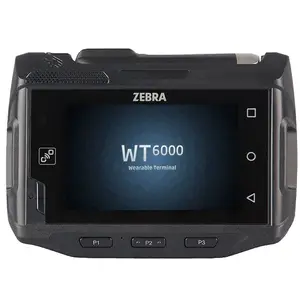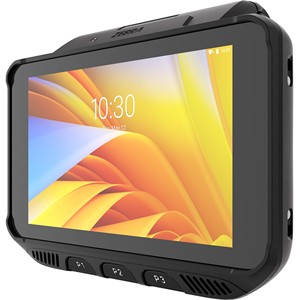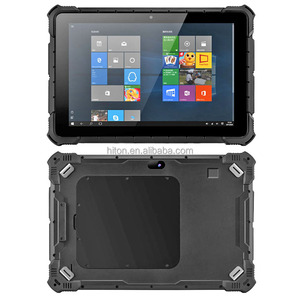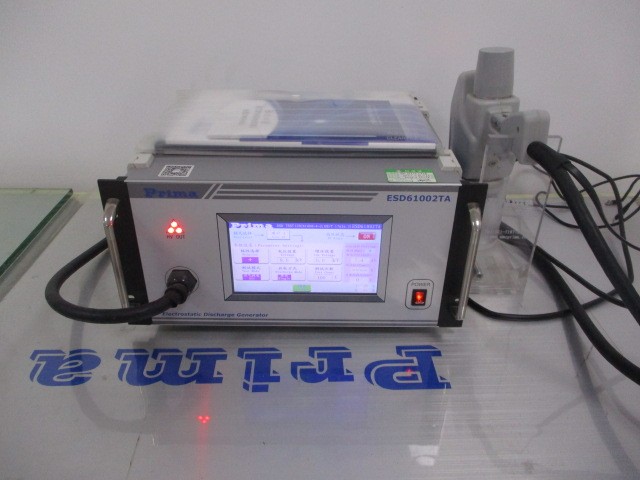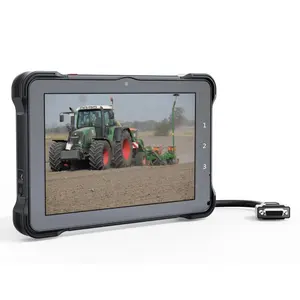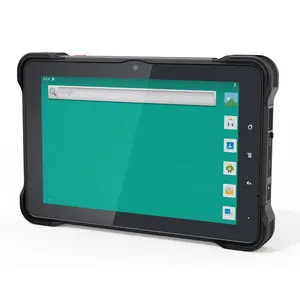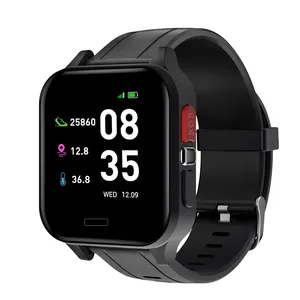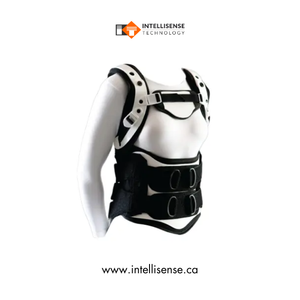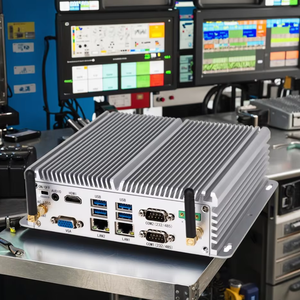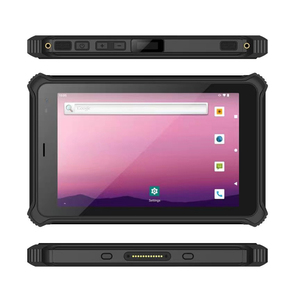10 Examples Of Wearable Computers

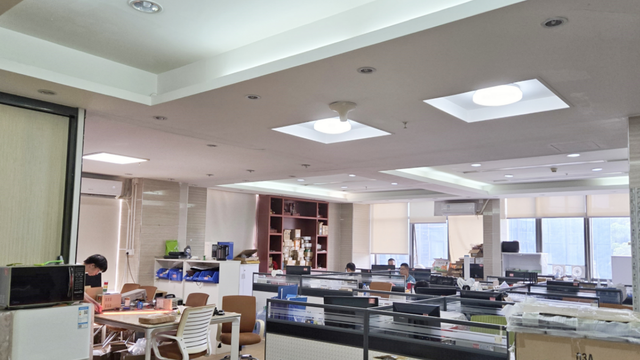






















































About 10 examples of wearable computers
Where to Find Wearable Computers Suppliers?
China remains a central hub for wearable computing manufacturing, with key suppliers concentrated in Shenzhen, Guangzhou, and Hangzhou—cities known for their advanced electronics ecosystems. These regions host vertically integrated supply chains that combine semiconductor sourcing, precision assembly, and wireless connectivity testing under one production umbrella. The proximity to component manufacturers enables rapid prototyping and lowers logistics costs by 15–25% compared to offshore alternatives.
Suppliers in this sector typically operate within hybrid facilities capable of producing ruggedized PDAs, industrial wrist-worn devices, and Android-based wearable scanners. Many maintain dual production lines for consumer-grade wearables and enterprise-focused models designed for logistics, warehousing, and field service operations. This specialization supports scalable output, with lead times averaging 15–30 days for standard orders and 45 days for customized configurations requiring barcode integration or extended battery modules.
How to Choose Wearable Computers Suppliers?
Effective supplier selection requires structured evaluation across technical, operational, and transactional dimensions:
Technical & Functional Compliance
Verify device specifications align with intended use cases. Industrial wearable computers should support Android 10 or later, feature IP65+ ratings for dust and water resistance, and include integrated 2D barcode scanning or RFID capabilities where applicable. For regulated environments, confirm compliance with CE, FCC, or RoHS standards. Request firmware version logs and stress-test reports for CPU, memory, and wireless performance (Wi-Fi 6, Bluetooth 5.0).
Production and Customization Capacity
Assess supplier infrastructure through verifiable metrics:
- Minimum factory area exceeding 3,000m² for sustained volume output
- In-house R&D teams focused on wearable ergonomics and power management
- Customization options including OS customization, private labeling, and accessory bundling (e.g., holsters, gloves, docking stations)
Cross-reference product listings with reorder rates and response times to gauge reliability and customer satisfaction.
Transaction and Quality Assurance
Prioritize suppliers offering third-party inspection services and escrow payment protection. Analyze historical performance data such as on-time delivery rates (target ≥99%) and reorder frequency. Conduct sample testing to evaluate build quality, screen visibility under sunlight, and scanner accuracy at varying distances. Confirm post-sale support availability for firmware updates and repair logistics.
What Are the Best Wearable Computers Suppliers?
| Company Name | Main Products | Online Revenue | On-Time Delivery | Avg. Response | Reorder Rate | Min. Order Quantity | Price Range (USD) | Product Examples |
|---|---|---|---|---|---|---|---|---|
| GJY SOLUTION LIMITED | Scanners (124), PDAs (26) | US $7,000+ | 100% | ≤1h | 33% | 2 sets | $199–349 | Wristband data collectors, Android 10 hands-free devices |
| PREYVENG TRADING LTD | Scanners (282), PDAs (183) | Data not available | Not specified | ≤5h | Not specified | 5 pieces | $660–2,284 | Rugged WT4090, Zebra WT6000, WT5400 wearables |
| Highton Electronics Co., Ltd. | Tablet PC (579), Rugged phones | US $10,000+ | 100% | ≤11h | 16% | 1–2 pieces | $226–980 | Android 10 wrist-worn IP65 devices, rugged tablets |
| Shenzhen Sincoole Information Co., Ltd. | Tablet PC (343), PDAs (114) | US $10,000+ | 100% | ≤4h | <15% | 1–2 pieces | $130–500 | Rugged Windows 10/11 tablets, 5G-enabled wearables |
| Chongqing Dolan Trading Co., Ltd. | Used Laptops (588), Gaming Laptops | US $280,000+ | 99% | ≤5h | 26% | 1 unit | $218–758 | Portable laptops marketed as wearable solutions |
Performance Analysis
GJY SOLUTION LIMITED stands out for responsiveness (≤1h) and strong reorder behavior (33%), indicating reliable service and product consistency. PREYVENG TRADING LTD offers high-end wearable models from established industrial brands but lacks transparency in delivery and reorder metrics. Highton Electronics and Shenzhen Sincoole provide competitive pricing and low MOQs, suitable for pilot deployments or small-scale integration. Notably, Sincoole delivers sub-$150 rugged tablet variants ideal for cost-sensitive applications. Chongqing Dolan caters to budget buyers with repurposed portable laptops, though these lack dedicated wearable design features like voice control or hands-free mounting.
FAQs
How to verify wearable computer supplier reliability?
Cross-check compliance claims (CE, RoHS) with official documentation. Request proof of in-house testing procedures for drop resistance, thermal stability, and battery cycle life. Review transaction history via verified platforms, focusing on dispute resolution outcomes and buyer feedback related to durability and software stability.
What is the typical MOQ and lead time?
Standard MOQ ranges from 1 to 5 units depending on model complexity. Bulk orders (≥50 units) often unlock price reductions of 10–20%. Lead times average 15–30 days post-payment, with an additional 5–10 days for air freight delivery to North America or Europe.
Can suppliers customize wearable computers?
Yes, most suppliers support customization including pre-installed enterprise software, custom boot screens, API integrations, and hardware modifications such as extended batteries or specialized sensors. Minimum order thresholds (typically 50+ units) apply for deep OEM changes.
Do wearable computers come with warranty and technical support?
Standard warranties range from 12 to 24 months, covering defects in materials and workmanship. Leading suppliers offer remote diagnostics, firmware updates, and replacement programs. Clarify whether support includes localized service centers or return-to-factory logistics.
Are there cost advantages in sourcing directly from manufacturers?
Direct sourcing eliminates intermediary markups, reducing unit costs by 15–30%. Factories with in-house molds and PCB production (common among Shenzhen-based firms) achieve higher margins for customization while maintaining competitive pricing. Volume buyers benefit most from direct manufacturer engagement.











